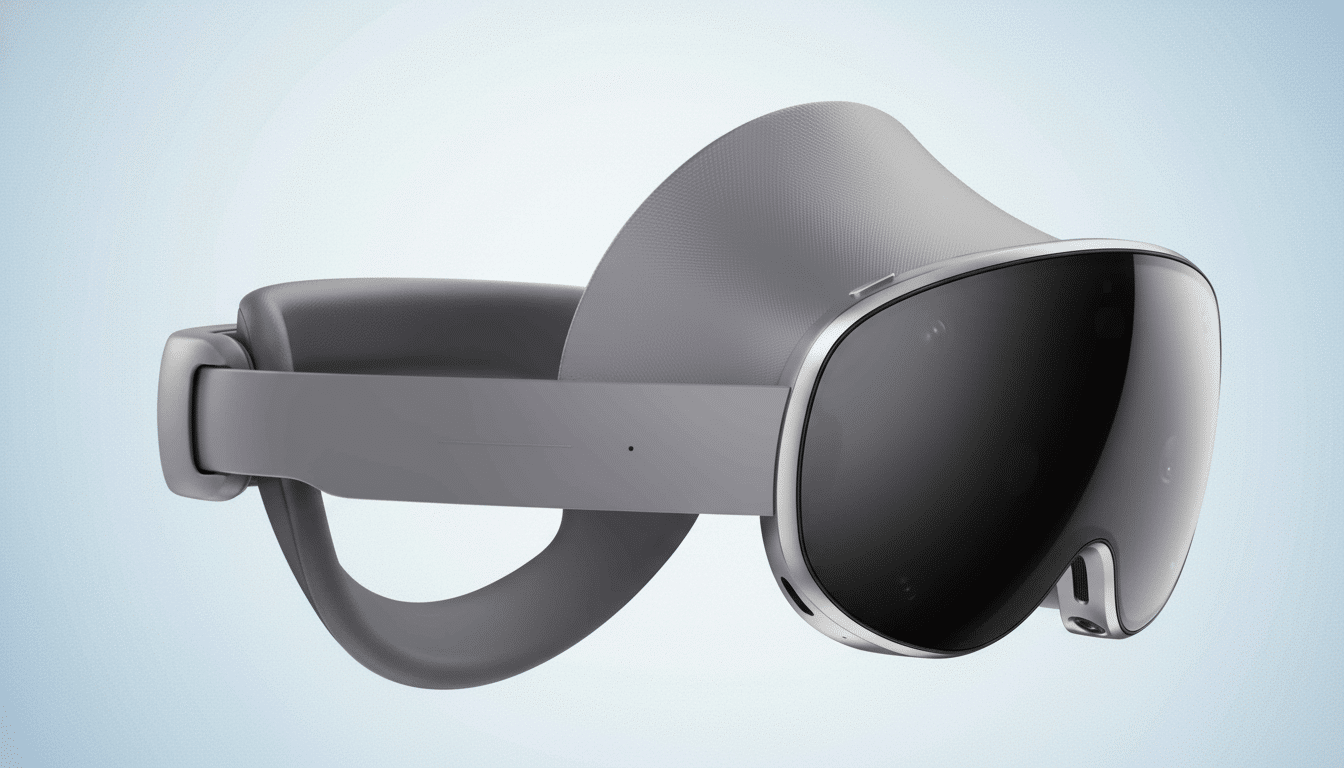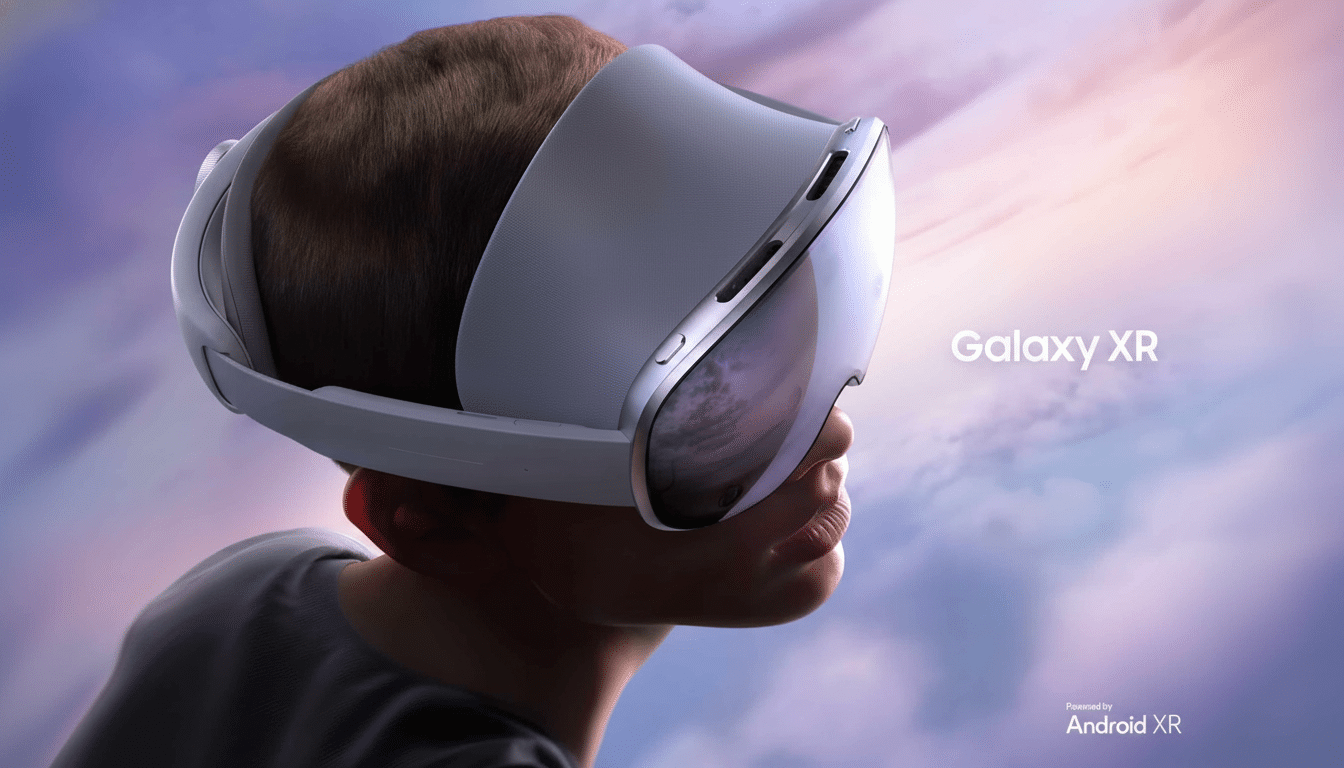Samsung’s much-awaited foray into mixed reality is about to take the stage, and you can watch the Galaxy XR launch as it unfolds. The company is streaming the announcement and reveal worldwide today, offering fans a first look at its new Android-based headset and the software that powers it. Here’s what to expect, how to watch, and why this debut is significant for the broader world of spatial computing.
How to Watch the Galaxy XR Launch Stream Today
The launch will be broadcast on Samsung’s official website and the brand’s main video channel, in addition to simultaneous streams for fans around the world. Look for multiple language choices and captions, as the company tends to gear big launches toward a broad international audience.

To get the smoothest experience, open the stream on a solid Wi‑Fi connection and, if you have one, consider casting it to a TV for epic screen-filling interface views and passthrough demos alike.
If you’ll be watching on mobile, turn notifications on for Samsung’s video channel so you don’t miss the kickoff signal after the pre-show segues to the live presentation.
What To Expect From Samsung’s First Android XR Headset
Galaxy XR is slated to become Samsung’s first all-in-one MR device that runs on Android, with public disclosures having been made for a tripartite partnership with Google and Qualcomm in pushing forward spatial computing. Industry whisperings referred to Project Moohan, an internal codename, and highlighted close coupling with Snapdragon-based XR silicon — hardware purpose-built for high-fidelity passthrough, eye and hand tracking, and low-latency sensor fusion.
On the display side, Samsung has been making investments in microdisplay technology— it acquired eMagin, a maker of OLED-on-silicon panels. That move indicates the brand is serious about higher pixel density and color accuracy — essential for text legibility, UI comfort, and realistic passthrough overlays. Look for the presentation to focus on things like optics, ergonomics, and thermal design as strongly as raw resolution, because comfort over long sessions can matter more than headline specs.
The other star of the show will be software. Google has also been fleshing out a base-level Android-based spatial platform and toolchain; one would assume this particular launch will give us more of an idea how existing apps, including (communications, productivity, media), will translate to 3D interfaces. Keep an eye out for demos that mesh room-aware passthrough with oversized virtual screens, along with various ecosystem tie-ins like Galaxy phone pairing, Samsung account continuation, cloud sync (to keep your headset setup consistent across devices), and potentially SmartThings controls in mixed reality.
One question to watch: input. The industry is going controller-free for, let’s say, casual use, and precision input (stylus or controllers) for pro workflows and gaming. How Samsung handles this is going to speak volumes about the demographic it’s looking to attract out of the gate.

Why This Launch Matters for the Future of XR
XR has evolved rapidly, but so far the Android ecosystem hasn’t included a flagship mixed-reality device from a top phone maker. Market trackers like IDC and Counterpoint Research have taken note that Meta has controlled the lion’s share of global shipments, however Apple’s high-end entry reinvigorated the category at the top. A solid Samsung Android headset could restore some balance and speed up the process of getting cross-platform support.
Anticipate mention of open standards such as OpenXR and the Android developer pipeline. Those are key ingredients if Samsung is going to have a consistent stream of native apps, high-quality ports, and spatial web experiences. That’s the mysterious missing link at the heart of all of these XR predictions: Can a single product pull hardware forward alongside a mature toolkit and distribution through familiar app channels, and push the first wide-scale multi-vendor stir on Android XR to market rather than keeping things locked up in one-brand silos?
Preorders and Early Sign‑Up Perks and Trade‑In Offers
Trade-in bonuses are a common way for early adopters to capitalize on a major new posting from Samsung. If you’re XR-curious, perhaps consider registering interest on official channels when it opens, before full preorder details are released. That can ensure early delivery windows and promotional credits to offset the cost of first-generation hardware.
After the Stream: What to Watch and Evaluate Next
After the reveal is over, test the bricks and mortar of the experience:
- Passthrough in variable lighting conditions
- Clarity at the periphery of your vision
- Comfort during extended use
- Battery management with mixed workloads
It will all come down to how much it costs and when you can buy one — who this is for, enthusiasts or professionals or a more mainstream audience, and how well it competes against options from the likes of Meta with its newest headsets and Apple in its premium category.
And keep an eye on developer investments and content road maps. Hardware launches are sexy, but an XR platform lives and dies by the daily apps people rely on. If Samsung can marry great hardware with a thriving Android XR ecosystem, this morning’s livestream could end up representing an honest pivot point for spatial computing on Android.

